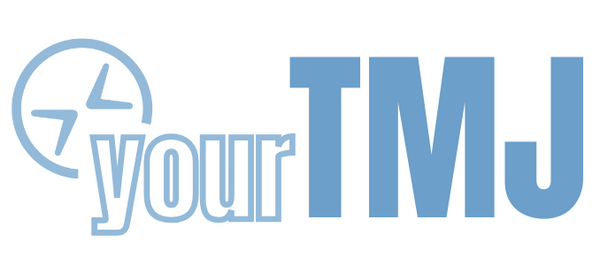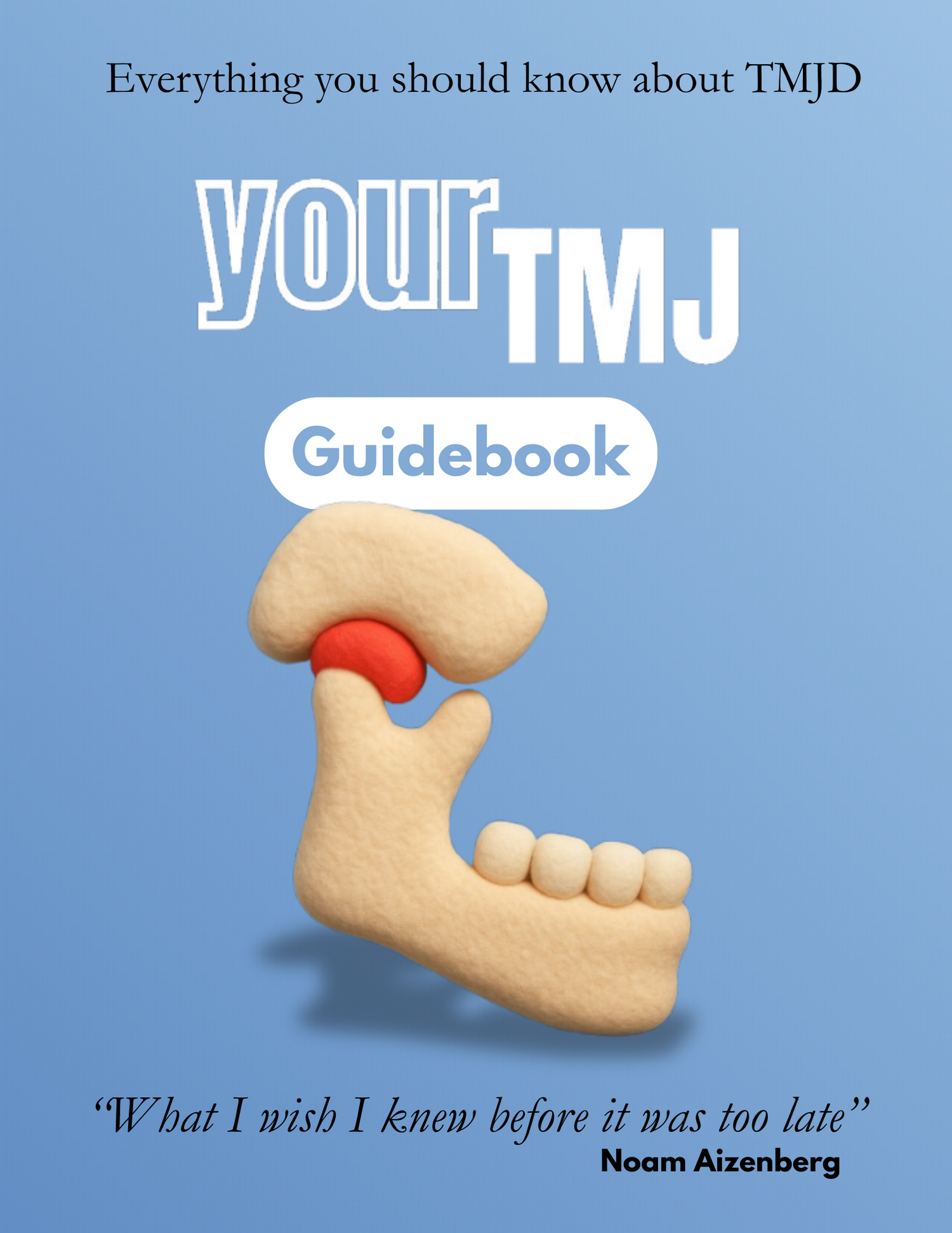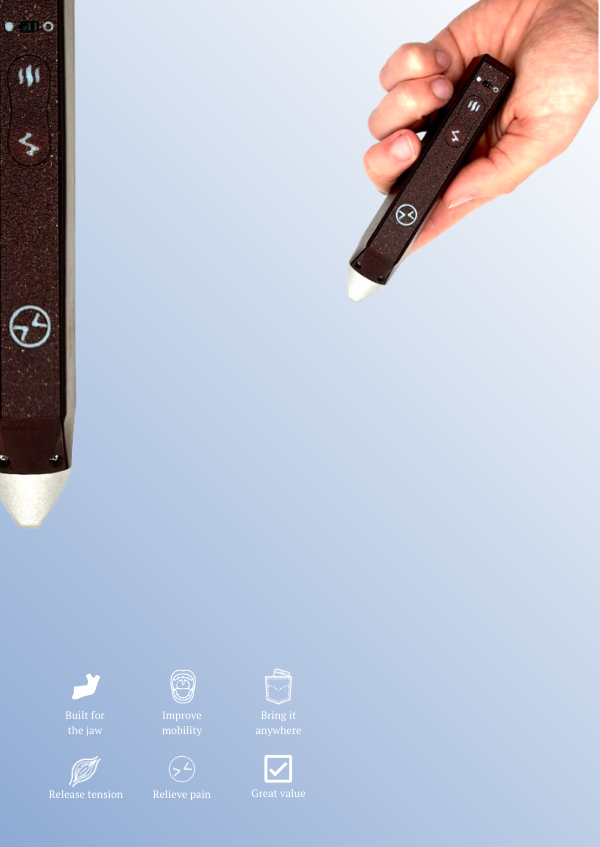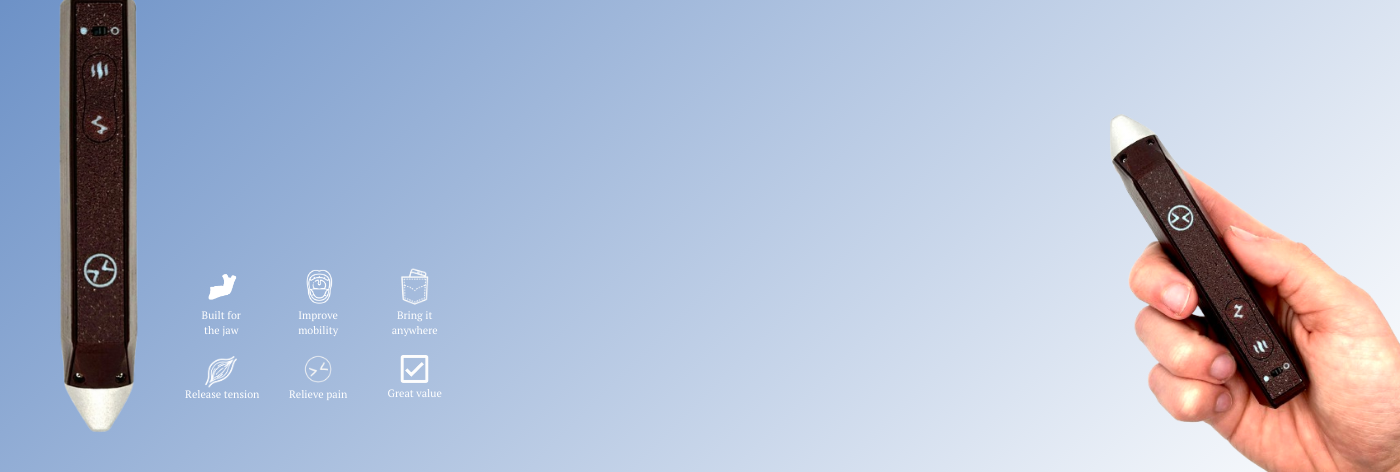What is the Best Treatment for TMJ?
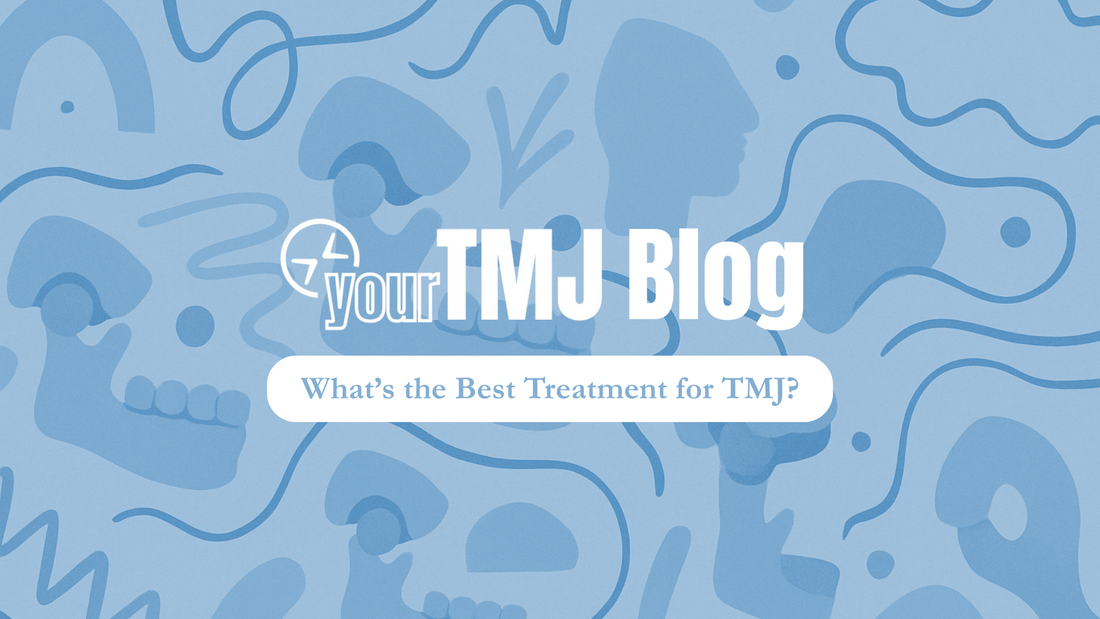
If you’ve been dealing with TMJ Disorder for any amount of time, you’ve probably already asked this question: What’s the best treatment? And you’ve probably gotten a dozen different answers. One dentist might say it’s a night guard. Another swears by Botox. Someone else tells you it’s all about your posture. So who’s right?
The truth is, TMJ Disorders are complex—and there’s no single best treatment that works for everyone. That’s because TMJ isn’t one single problem. It can come from joint compression, muscle overuse, disc displacement, postural issues, bite misalignment, or even underdeveloped facial structures. So the best treatment depends on what’s actually causing your symptoms.
But that doesn’t mean there’s no clear path forward. In this article, we’ll walk through which treatments have the highest success rate, which ones are worth trying first, and how to figure out what kind of TMJ you’re actually dealing with. If you want a full breakdown of every option (including home exercises), you’ll also find a link at the end to a free 76-page guidebook that goes deep into this topic.
Start Conservative. Always.
The best treatment for TMJ is almost always the most conservative one that actually addresses your root issue. In fact, 80-90% of TMD patients improve with ONLY conservative treatments. That means:
-
Fixing your jaw posture (most people rest with their lower jaw too far back)
-
Stopping harmful habits like clenching, grinding, nail biting, or chewing on one side
-
Training weak jaw muscles (especially the lateral pterygoid) to restore proper movement
- Mobilizing the joint to limit inflammation buildup
-
Releasing tension in the muscles of the jaw, face, and neck
These changes most of the time make a huge difference on their own. They’re low-risk, evidence-backed, and target the most common causes of TMJ symptoms.
What Treatments Work Best for Most People?
Based on patient reports and clinical data, here’s what tends to work best:
1. Physical Therapy and Jaw Exercises
Targeted PT for TMJ has one of the highest success rates in reducing pain and improving function. It includes things like resisted opening, postural retraining, mobilization, and muscle release techniques. Many of these can be done at home with the right guidance.
2. Postural Repositioning
Learning to rest your jaw slightly forward (2–4mm), with your tongue on the roof of your mouth, lips closed, and teeth slightly apart, can dramatically reduce joint pressure and symptoms like clicking, pain, and ear fullness.
3. Thermotherapy and Self-Massage
For muscular TMJ cases, daily application of heat and guided self-massage (especially of the masseter, temporalis and pterygoid muscles) can relieve referred pain and improve mobility.
4. Splints (Sometimes)
When used correctly and made by a provider who understands TMJ mechanics, splints can help decompress the joint and reduce clenching/grinding from compressing the back of the joint as much. But they’re not a cure, and a poorly designed one can actually make things worse. They're also often expensive and uninsured so it's worth leaving them off until you've prioritized conservative options. Stay away from treatment that aims to permanently change your bite.
What About Invasive Treatments?
Botox, orthodontics, arthrocentesis, and surgery can help in specific cases—but they’re not where you start. These carry higher risk and should only be considered once conservative options have been exhausted and you’ve gotten proper imaging (like a CBCT or MRI) to see what’s actually going on inside the joint.
So... What Should You Do?
The best treatment is the one that matches the type of TMJ you have. For example:
-
If your pain is mostly muscular and dull, your issue is probably tension, posture, or clenching
-
If you hear clicking or popping, your disc might be displaced
-
If your jaw locks open or closed, you may be dealing with a more advanced disc displacement
-
If your pain feels like pressure in the ears or you hear ringing, it could be nerve or posture related
Knowing this lets you choose a treatment plan that actually makes sense—instead of randomly trying splints or painkillers.
The Bottom Line
There’s no one best treatment for TMJ. But there is a best approach: start with the most conservative options that address your root cause, and build from there. But there is still a lot of nuance I haven't touched on here.
If you want help figuring out your specific case, I wrote a free 76-page guidebook that breaks this all down in plain English. It includes the anatomy, the causes, and the exercises I wish I knew about years earlier.
Start there. Because the earlier you treat it right, the better the outcome.
